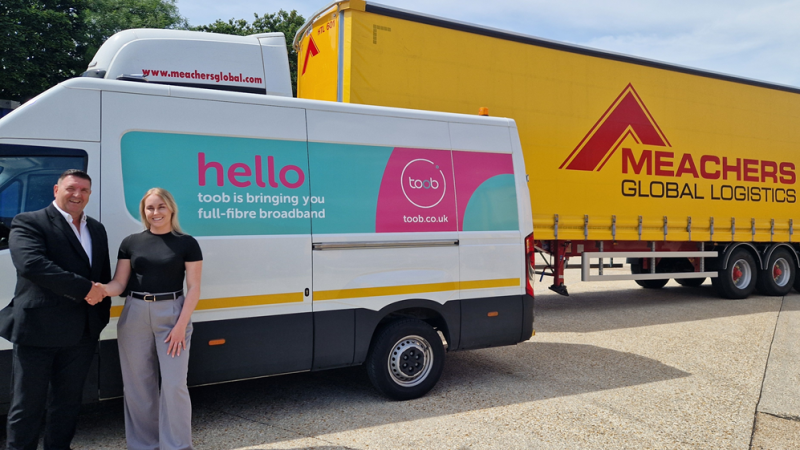As a business grows, it may choose to expand into overseas markets, which means hiring more workers. There are many benefits to doing so, including access to a diverse talent pool, but onboarding talent from different countries can be complicated.
There are several different ways you can recruit international employees, which we’ll take a look at below.
Figure out what you’re looking for
Before diving straight in, decide what countries or regions you plan to hire foreign employees and the qualifications and skill sets that are required for the roles. Research what other companies are doing in the industry and see who they’re looking for and what their job postings contain. This will enable you to tailor your approach to attract the right candidates.
Understand laws and regulations
You’ll need to be mindful of local labour laws and work visa requirements when hiring in a different country to your own. Each one has different laws regarding employment, which can make compliance difficult and result in legal complications further down the road.
The solution for this is to work alongside an employer of record (EOR), who can employ workers on your behalf. They can make a start immediately too, handling the compliance risks with ease.
Consider cultural differences and preferences
Cultural differences can arise when there are conflicting practices between your company and an employee’s home country, which can lead to misunderstandings as well as other problems. Aim to provide cross-cultural training to prevent issues from arising and create a diversity and inclusion policy that outlines expectations for respectful behaviour.
Additionally, highlight any relocation benefits you offer. For instance, job seekers in Japan may prefer long-term stability and detailed job responsibilities, whereas candidates in the UK might seek a more growth-oriented description. Also, consider using an employment cost calculator tool to ensure your compensation package remains competitive in the target market.
Embrace Flexible Interviewing Options
When scheduling interviews with candidates, be mindful of time zones. Advancements in technology now fortunately mean you don’t need to conduct face-to-face interactions, and can instead use video conferencing tools, such as Zoom or Microsoft Teams.
It’s harder to gauge a person’s personality and skill set through a screen, so make sure to ask plenty of questions and pay close attention to non-verbal cues. If language barriers exist, consider offering pre-recorded interview questions with subtitles or hiring a translator.
Use a global employment platform
Hiring a local agency for your recruitment strategy can prove difficult given these individuals may not have the expertise needed to deal with each country. Instead, look to use a global employment platform for your hiring process.
These services enable you to hire workers from wherever you want, leveraging local partners to find top talent. You could target different continents all within the same day if you wanted to. Depending on which platform you choose, they may be able to take care of payroll too, offering invaluable knowledge surrounding compliance and tax regulations.







